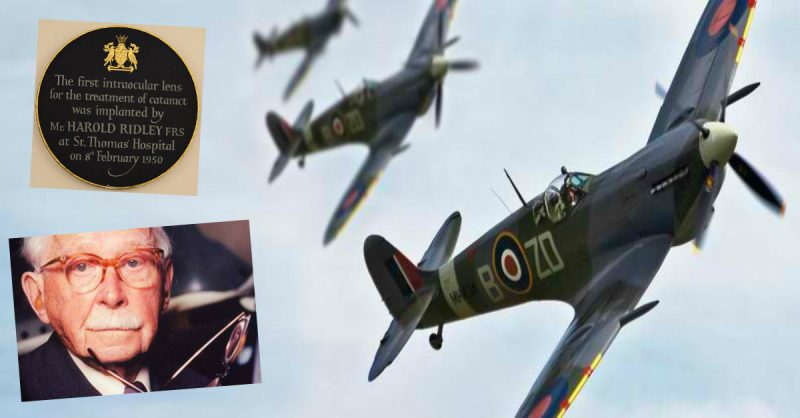
A strange condition which fighter pilots had during the Second World War resulted to this one medical breakthrough — intraocular lens implant for those suffering from cataracts.
War may bring death and darkness but it could also be a bringer of many innovations like this medical discovery by an eye doctor through observing WWII fighter pilots.
Opthalmologist Harold Ridley noticed a recurring oddity in the British fighter pilots who came to him for eye injury treatments. Whenever a WWII Spitfire pilot would come to him, he observed that the eye tolerated small pieces of Perspex material – from which the canopy of the planes was made – without the pilot suffering from any ill effects except when there already was an early eye infection.
It occurred to him then and there that he could use the material to make lenses inside the eye.
Ridley had early success and of course, early failures when he pursued his medical idea. However, he had to shut his medical research down per instruction of his superiors in the National Health Service.
His works seemingly went down the drain. But after so many years, some medical practitioners interested in the same problem spotted an article about his research in an obscure medical journal and took interest in it.
In the end, Ridley got what he deserved — recognition for the medical innovation he discovered. He was eventually knighted for the said contribution.
Reportedly, Ridley himself underwent the surgery that he had discovered and helped developed. He was even said to comment that he was “the only person to have invented his own operation”.